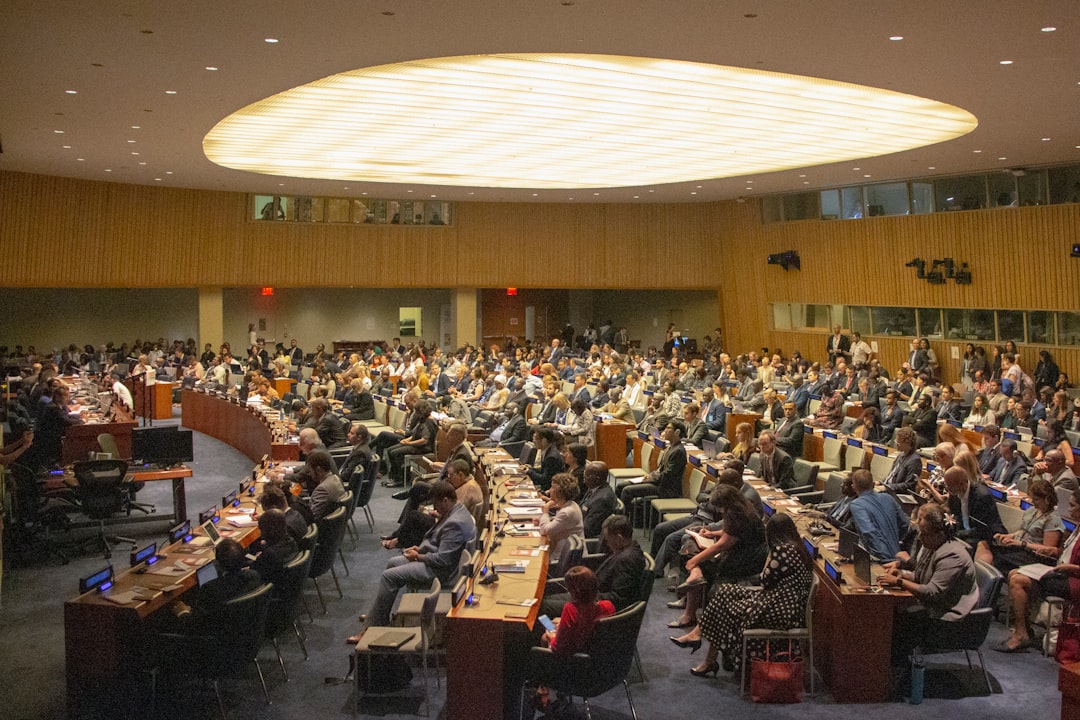What is it about?
For more than four decades, persistent economic activities along with a focused strategy of growth resulted in major infrastructural and other favourable economic and institutional changes in the developing nations of the world. Attaining high- quality growth is as much a function of sound economic policies as implementing a broad range of social policies and the BRICS (Brazil, Russia, India, China, and South Africa) nations have proven their testimony on this factor. Following their path are some other emerging economies like N-11 (or Next Eleven propounded by Goldman Sachs (2005) Report) which this present study tries to examine as successors of BRICS. The present study also contributes to the literature by examining the common determinants of economic growth in BRICS and N-11. Along with Panel Data Regression Modelling, the study has applied advanced econometric procedures that are robust to heterogeneities across various nations and have been able to produce more reliable results that can be generalized for other similar group of countries. Eleven independent variables (both economic and institutional) have been used to meet this objective of the study for a period of 34 years (1985- 2018). The findings of the study reveal that the governments of both the group of countries must work towards their macro- economic stability factors (external debt stocks), technological capabilities (mobile and fixed broadband subscriptions), human capital (health expenditure) and political conditions (mainly rule of law) to enhance their economic growth which is sustainable in nature.
Featured Image
Read the Original
This page is a summary of: An empirical investigation of N-11 countries as successors of BRICS using panel data modeling, International Journal of Emerging Markets, February 2021, Emerald,
DOI: 10.1108/ijoem-07-2020-0809.
You can read the full text:
Contributors
The following have contributed to this page










